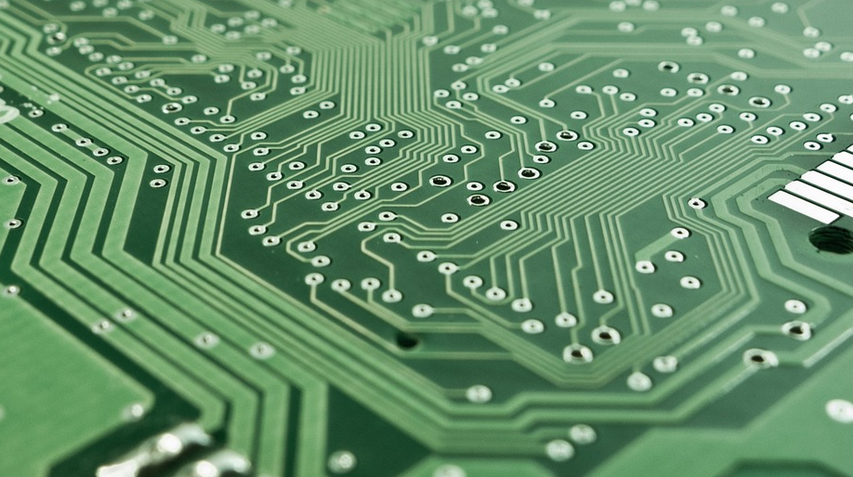The Mystery of Idle Power: Understanding Your Car’s Battery
Ever wondered about the magic behind your car’s battery, that seemingly tireless engine of motion? It seems like a simple act – hitting the gas pedal and cruising down the road – but beneath the surface lies a complex dance between energy management, electrical components, and even… idle time?
The truth is, when you park your car in the driveway or leave it idling for extended periods, you might be unknowingly throwing a wrench into your battery’s longevity. Why? Because your car’s electrical system needs to keep the engine alive, but doing so requires energy – and that energy comes from your battery.
Imagine your car like a mini-city with its own infrastructure constantly humming. The engine is the power plant, feeding electricity into everything else—lights, radio, air conditioning, even the electronics of your dashboard. But what about when you turn off the ignition? This leaves an electric “skeleton” running on battery power.
It’s like a little factory that keeps producing energy even when it’s not actively working. This is called “residual charge,” and it plays a vital role in your car’s ability to start and run smoothly. But this power-hungry process also puts a strain on your battery, especially during extended idling.
As you might suspect, the longer your car idles, the more energy your battery draws down. This constant draw can lead to accelerated wear on your battery, diminishing its capacity over time. Think of it as putting extra mileage on an engine that doesn’t have a chance to rest and recharge.
So, how much impact does idling really have? It depends on several factors: the type of vehicle you own, how long you leave it running, and even the climate in which you park. Modern electric cars with advanced battery management systems tend to be less affected by prolonged idling as they optimize energy usage.
But for traditional vehicles, especially those fuelled by combustion engines, idling can significantly drain your battery’s capacity. The longer the engine runs without moving, the more power it consumes, and the faster your car’s battery will become depleted.
So, what are the best practices to manage this? Is there a magical solution that will keep your battery powered all day long, even when left idling? Well, not exactly. It’s about understanding how this process works and making a conscious effort to minimize unnecessary drain on your battery.
Here’s where smart car owners come in. Modern cars are equipped with features designed to optimize this very balancing act. Some models may have “auto-stop” technology, which automatically shuts off the engine when it comes to idle. This can often be a lifesaver at red lights or during stop-and-go traffic.
Another option is to use your car’s auxiliary battery. This is a separate battery that charges from your car’s alternator but only when the engine is running. This extra boost helps you avoid draining too much power from your main battery, especially when idling for long periods.
Remember, when it comes to your car’s battery, there’s no need for panic or a sudden rush of cleaning solutions! The key lies in proactive measures and understanding how your car’s electrical system works. It all boils down to responsible driving habits and the occasional “stop-and-go” mode on those long commutes.
So, next time you’re about to leave your car idle for an extended period, remember these tips: Check your car’s manual for any specific idling recommendations. Utilize “auto-stop” and other features for optimizing energy usage. And when all else fails, consider the “parking brake” as a temporary “energy guardian” for your battery.
By following these simple steps, you can help ensure that your car’s battery continues to power up those journeys with maximum efficiency and longevity. After all, you want to keep driving your car, not worry about its batteries!
